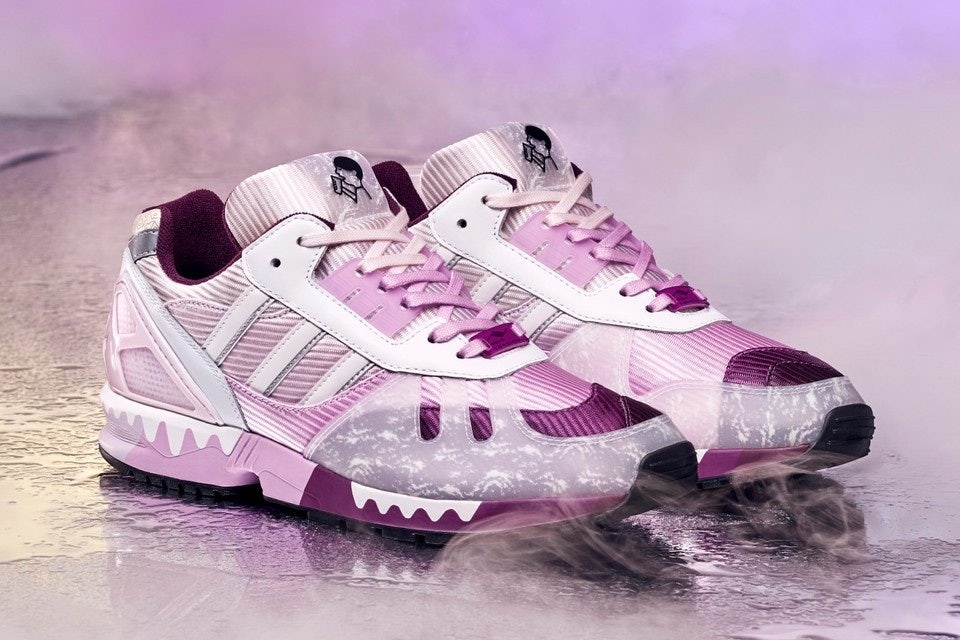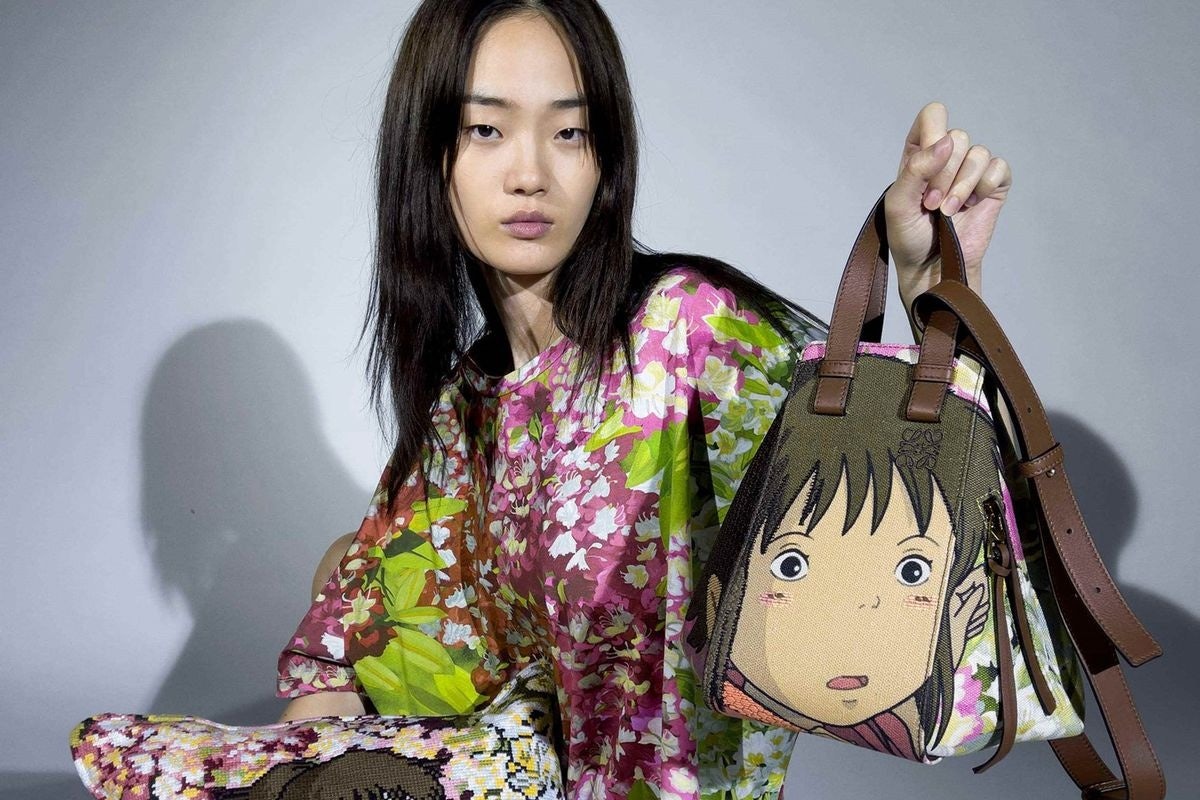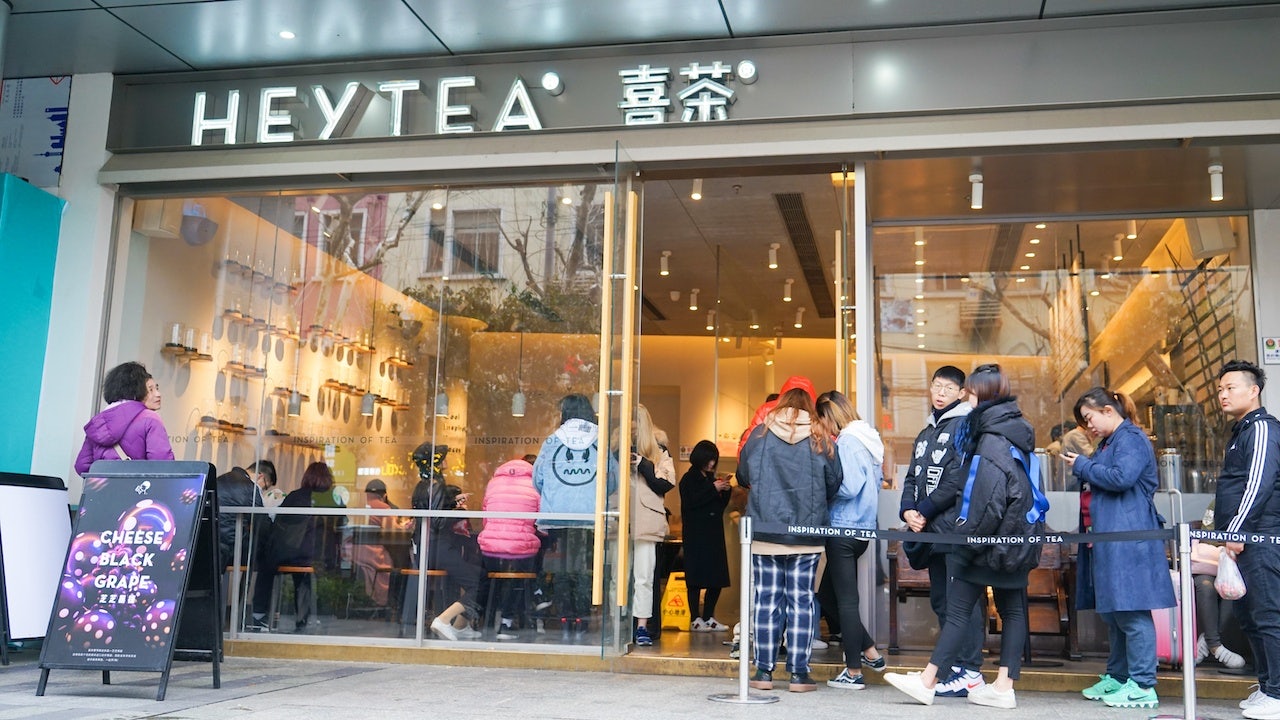Key Takeaways#
:
- 2022 begins with uncertainty in the air for luxury brands hoping to develop comprehensive marketing plans in China.
- Tea chains like Hey Tea and Nayuki Tea offer examples of reaching maximum consumers via lower-key marketing methods.
- Clever collaborations, real-life spokespeople, and thought-out nostalgia are just three strategies that can attract and retain young consumers this year.
With China starting 2021 as a much-needed retail bright spot and ending it arguably more complicated than ever — owing to a wide-ranging and ongoing government crackdown —the big question is what 2022 could hold for luxury brands. With government regulators closely watching everything brands do and say in their marketing efforts, advertising costs rising, celebrities and influencers (and their taxes) under the microscope, and domestic brand nationalism surging, the current state of luxury marketing in China is murky to say the least.
Yet this tense environment could very well help luxury brands evolve beyond the relatively traditional marketing approaches they have long employed in China. This is particularly true if brands can infuse some of the proven content-commerce-based strategies used by China’s wildly successful tea chains, among them Hey Tea and Nayuki (Naixue) Tea. Over the past year, both chains have continued to attract the attention of consumers and investors alike, with Hey Tea receiving $500 million in funding this past summer from the likes of IDG, Tencent, Hillhouse Capital, and Sequoia (pushing the company to an eye-watering $9.3 billion valuation). Nayuki, meanwhile, raised $656 million last June in its Hong Kong IPO, although share prices have slid to around HK$7 ($0.90) today, down from a high of HK$16.98 ($2.18).
Alongside a new generation of coffee shops now giving global incumbents like Starbucks a real run for their money in China, Hey Tea and others have managed to stand out in a saturated market via simple, yet effective, formulas. Here, we highlight just a few of the elements helping these affordable, ubiquitous tea shops rake in billions every year.
Be Smart in Your Collaborations#
One area in which Hey Tea (and, to a lesser but still significant degree, Nayuki) has always excelled is clever brand collaborations that the chain knows will resonate with its core consumer – typically, but not exclusively, young professionals in tier-one to tier-three cities throughout China. Collaborations have long been par for the course in China, but have taken on even greater importance over the past two years.
In the first months of China’s tentative re-opening in summer 2020, Hey Tea worked with Airbnb to promote the “staycation” concept among would-be travelers who had just spent months cooped up at home, enlisting actress and musician Lin Yu-pin to curate a Shanghai getaway decorated in bright colors inspired by a Hey Tea mango beverage and amply supplied with Hey Tea products. Opportunities to win weekend stays were offered via social media channels — a case of a mega-collaboration used to generate engagement and awareness for the brand partners rather than merely selling products.

Since then, Hey Tea has made unexpected collaborations a key part of its core marketing strategy, leveraging its distinctive, brightly colored beverages as recognizable touchpoints. One wildly popular collaboration saw Hey Tea team up with adidas on a limited-edition ZX model sneaker inspired by the chain’s popular “Succulent Grape” drink. The colorway of the sneaker included various shades of purple against a milky white base and the beverage brand’s logo for a very on-trend product that fuses the disparate but complementary youth trends of streetwear and fruity milk tea in one unexpected package that simply works.
Hey Tea has also been clever in its choice of collaboration partner, working with global brands such as Fenty Beauty and AAPE as well as domestic Chinese companies like QQ Music. Not to be left out, rival Nayuki has worked with several international artists on limited-edition cups and partnered with the Palace Museum to produce a pair of brocaded gift boxes based on imperial designs that consumers were encouraged to reuse for the storage of jewelry or other items. The big takeaway from the collaborations launched by Hey Tea and its competitors is simple: Chinese consumers are fine seeing you launch a lot of collabs -- they just need to bring something new to the table.
Celebrity Spokespeople Aren’t Everything#
Unlike other Chinese brands, tea chains like Hey Tea rely less on celebrities or A-list influencers to spread the word, and bank on word of mouth and social media endorsements by loyal customers and micro-influencers. Hey Tea’s newest promotional campaign, the first brand film in the company’s nine-year history, cast real-life creatives – among them a home chef, photography bloggers, choreographers, and ACG (anime, comics & gaming) enthusiasts – who resonate with the core consumer and offer down-to-earth relatability. With its latest brand effort, Hey Tea seeks to align itself with individuals who live somewhat aspirational yet still realistic lifestyles. Actual influencers, in their own way.
The ongoing celebrity crackdown has sent luxury brands scrambling to find safer spokespeople and brand ambassadors. As Jing Daily previously noted, this has led some brands to look beyond film stars and towards famous athletes, subject-matter experts, and mature celebrities. While both Hey Tea and rival Nayuki have partnered with big-name influencers – Nayuki, notably, with the likes of livestreamer Zhang Dayi – there are signs that these chains may be looking to relate with their audiences in a more low-key way in 2022.
Luxury brands can and should take note, as long-tail marketing in China doesn’t only need to be about what drives immediate traffic now, it should be about inviting viewers to take part in a long-term association with the brand.

Nostalgia Remains a Strong Draw#
As Jing Daily recently noted, "nostalgia marketing is particularly effective on young Chinese because, due to China’s historically collective culture, Chinese tend to value collective memories and form collective identities. Therefore, when a nostalgia campaign targets shared memories, the return has the potential to be many times larger than in an individualistic society."
Hey Tea and Nayuki alike have been quick to pull nostalgic levers to build consumer loyalty over the past two years, and there is no sign they will stop any time soon. Hey Tea – via its previous collaborations with domestic Chinese skincare brand Pechoin and instantly recognizable creamy candy White Rabbit – has adeptly tapped the closely linked nostalgia and Guochao trends, driven by young consumers interested in home-grown brands.
With the country's post-80s and post-90s generations taking the wheel in terms of luxury consumption, the draw of nostalgia is attracting brands across the pricing spectrum to tug at consumers' heartstrings. From global rollouts like Loewe’s new Spirited Away capsule collection (which follows last year’s My Neighbor Totoro capsule) to Chinese niche fragrance brands that effectively replicate scents from consumers' childhoods, nostalgia remains a very strong draw and driver of spending in China. The key, for global brands in particular, is to avoid launching a nostalgia-tinged effort that feels awkward or overly panders to the market.
Loewe's effort, leveraging two beloved Japanese animated films, works in China precisely because it does not seek to pander to any single market or consumer base -- it looks and feels global with universal appeal. This is part of the reason last year's Gucci x Doraemon Year of the Ox capsule succeeded in China -- it was more than nostalgia for nostalgia's sake, and was as appealing to a consumer in Shanghai as it was to a Gucci devotee in Paris.

